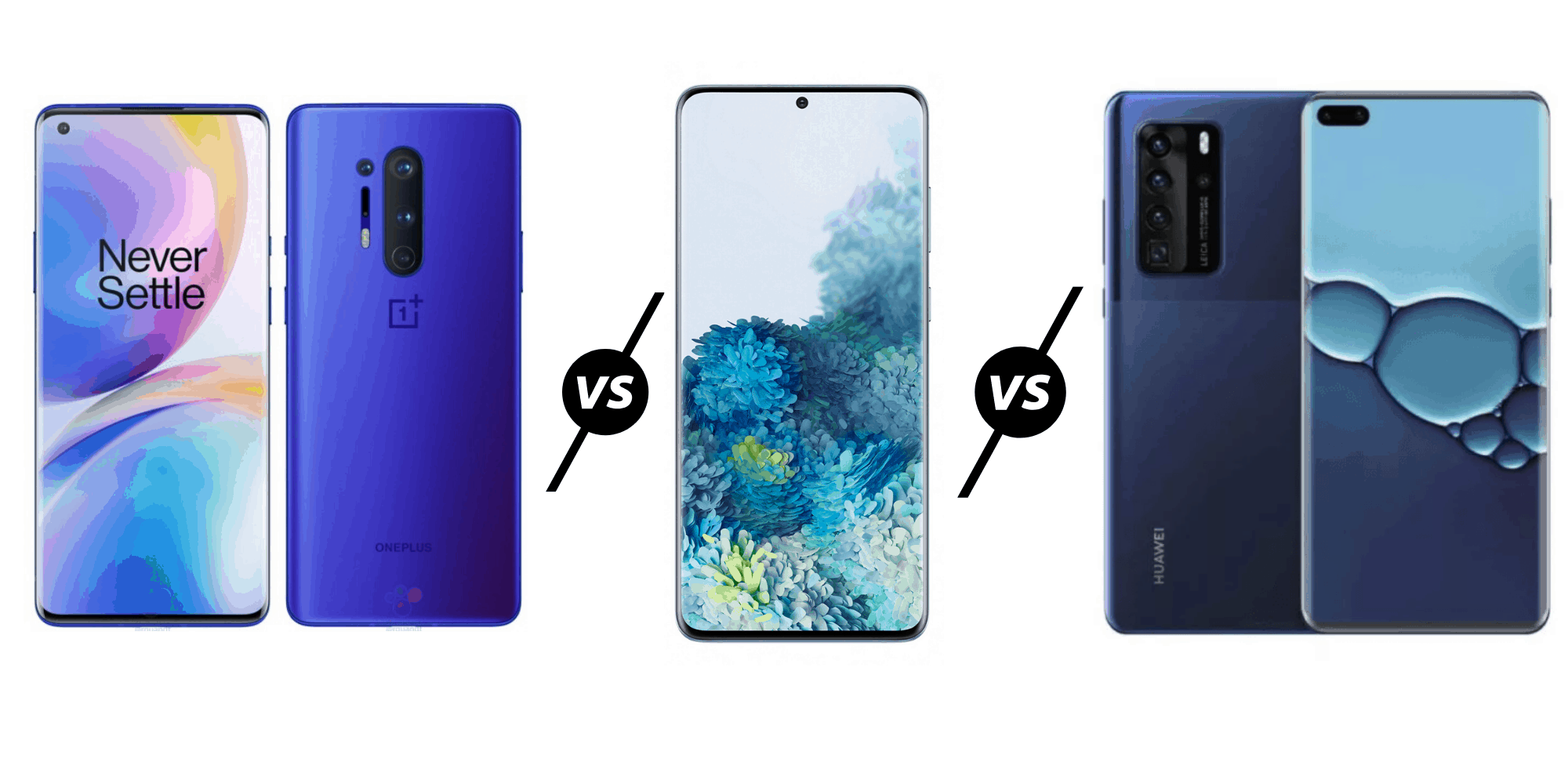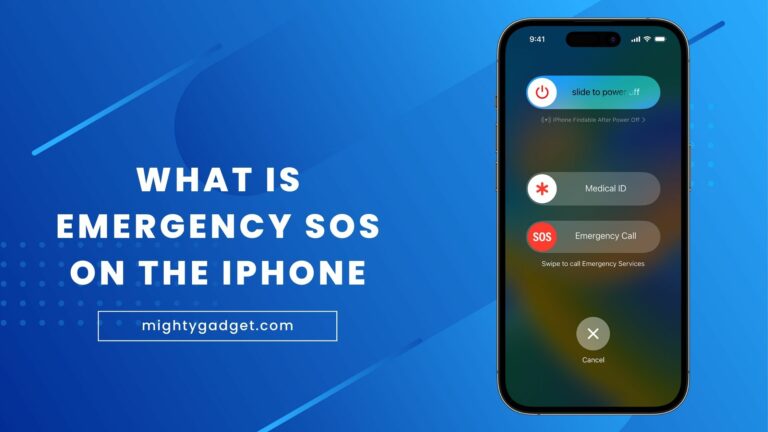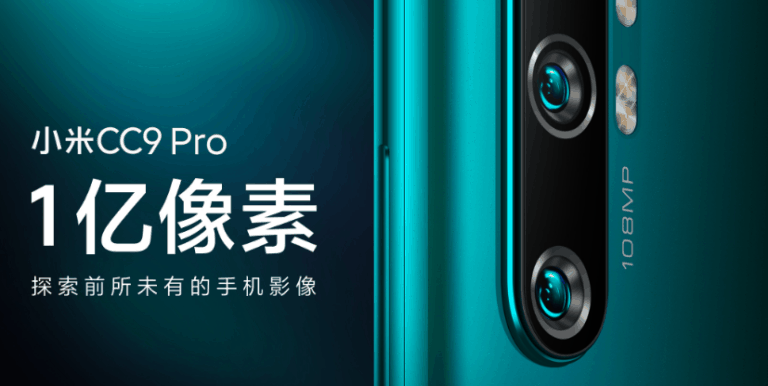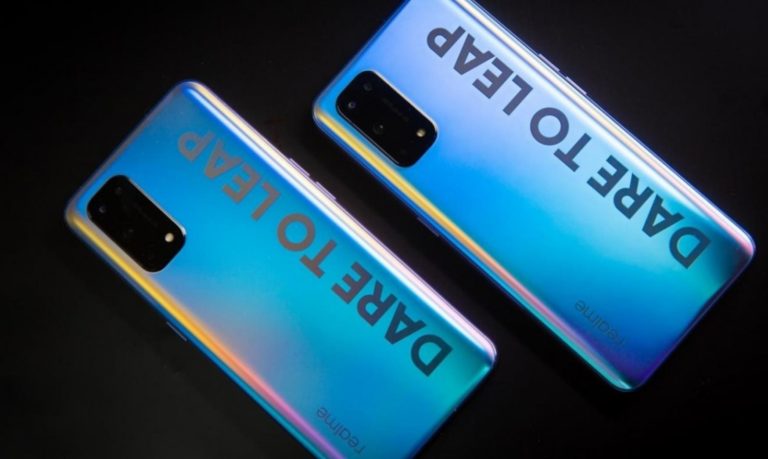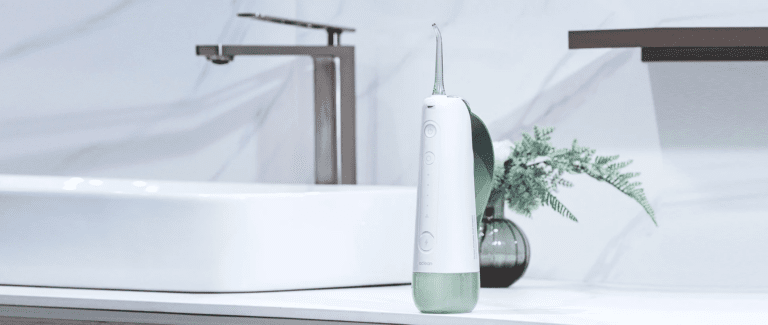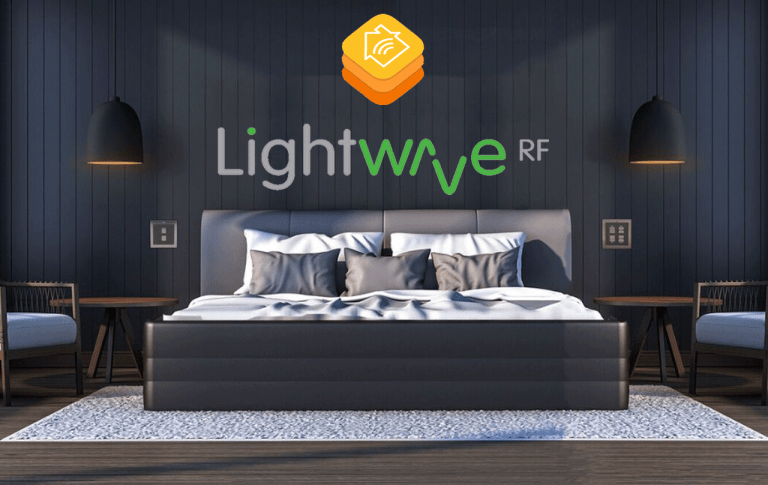Any links to online stores should be assumed to be affiliates. The company or PR agency provides all or most review samples. They have no control over my content, and I provide my honest opinion.
The OnePlus 8 series is set to launch on April 14, but recent leaks have shown us almost everything you want to know about the two phones.
Being the original “flagship killer”, as the popularity of the OnePlus brand has grown, so has its pricing. Last year when they introduced a Pro model, the price was very much into the premium tier.
This year continues the trend, with part of the reason down to the expensive 5G equipped Qualcomm Snapdragon 865 chipset.
With the pricing closer than ever to other premium brands, is OnePlus as competitive as it once was?
The S20 series is always the most successful phone of the year, and the P30 Pro was probably one of the most successful phones of last year, but the P40 Pro may not be quite as popular this year.
So how do the options compare?
The below information is all based on the OP8 leaks, it may not be 100% accurate, and I will update it following the launch.
Price
With price always being a significant reason to opt for OnePlus, let’s compare this first.
Currently, it is expected the OnePlus 8 will start at €729 for the 8 GB RAM and 128GB storage model while the 12/256GB trim will go for €835. The 8/128GB OnePlus 8 Pro will set buyers back €930 while the top spec’d 12/256GB model will go for €1,020. Both OnePlus 8 models are expected to go on sale starting April 30.
That works out as £639 and £815 for the base models respectively
The Samsung Galaxy S20 starts at £899 for its 5G model, the S20+ is then £999 that is still quite a big difference.
On the other hand, Huawei has not increased its prices this year, making them look quite affordable. The P40 is £699, and the P40 Pro is £899.
OS and App
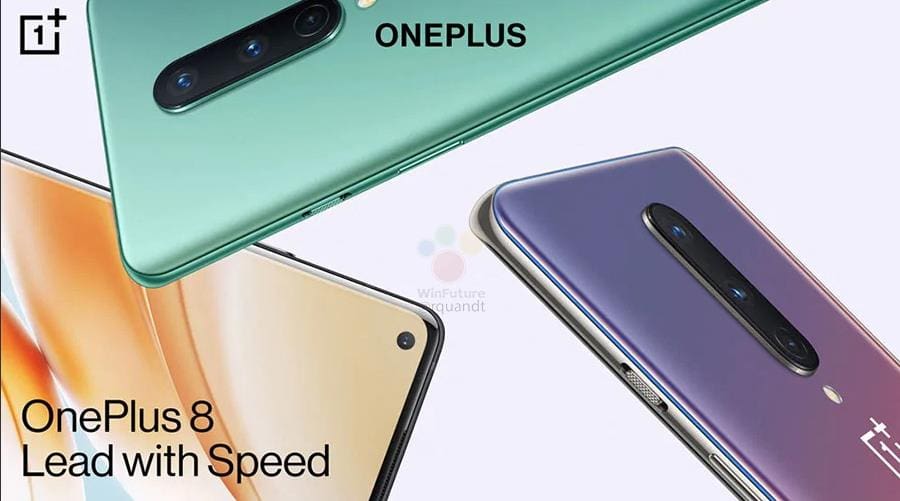
Normally I wouldn’t bother comparing OS, it is all Android after all. Technically OnepPus is best in my opinion with their excellent lightweight OxygenOS.
Samsung has One UI, which has improved over the years.
Then there is Huawei, who still use EMUI but this year there is no Google Apps on the P40 Pro, instead, you rely on Huawei Mobile Services. You can still get most of the apps you use, but anything made by Google or reliant on Google is a no go.
Chipset
The OnePlus 8 arguably has the best option, with the Qualcomm Snapdragon 865, which is the most powerful flagship chipset at the moment and good with battery efficiency.
The Samsung, in the UK, has the Exynos 990, which is still very powerful, but certainly not as battery efficient.
Lastly Huawei uses the Kirin 990 5G, which is slightly less powerful than the other two, but very battery efficient in my tests.
The base model of the OP8 series starts with 8GB/128GB then there is also 12GB/256GB.
Samsung has lots of options, but the base is 8GB/128GB.
The Huawei P40 Pro is 8GB/256GB
Display
- OnePlus 8 – 6.55″ 2400×1080 pixel 90Hz Fluid AMOLED
- OnePlus 8 Pro- 6.78″ 3168×1440 pixel 120Hz Fluid AMOLED
- Samsung S20 Plus – 6.7″ 1440 x 3200 pixels 120Hz@FHD/60Hz@QHD
- Huawei P40 Pro – 6.58 inch, 1200 x 2640, 90Hz refresh rate, AMOLED
All similar, but the OP8 Pro has the best refresh rate overall while the P40 Pro lags behind a little.
Camera
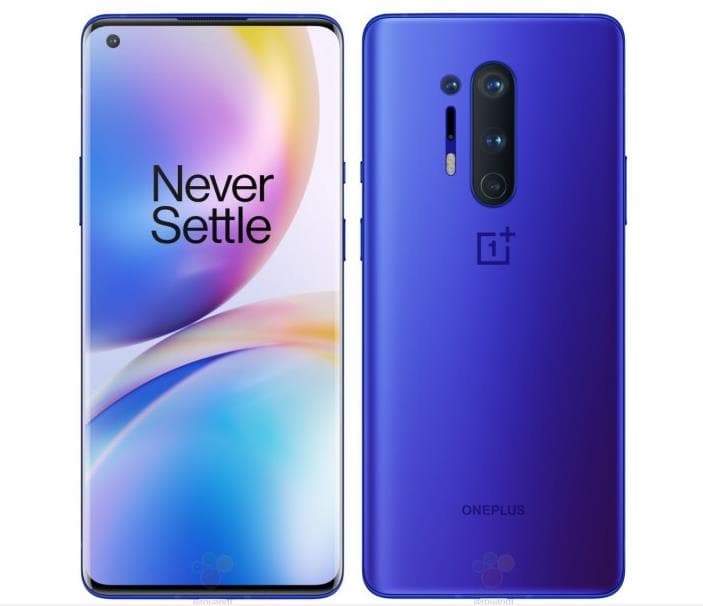
The OP8 has:
- 48MP Sony IMX586 (F/1.75, OIS, EIS)
- 16MP ultrawide (F/2.2, 116-degree FOV)
- 2MP macro (F/2.4, 1.75μm pixel size)
- PDAF and dual-LED flash
The OP8 Pro has:
- 48MP Sony IMX689 (F/1.78, 1.12μm pixel size, OIS, EIS)
- 48MP Sony IMX586 ultrawide (F/2.2, 120-degree FOV)
- 8MP telephoto (F/2.4, 3x optical, OIS)
- 5MP colour filter (F/2.4)
- PDAF, Laser AF, and dual-LED flash
The S20 Plus has:
- 12 MP, f/1.8, 26mm (wide), 1/1.76″, 1.8µm, Dual Pixel PDAF, OIS
- 64 MP, f/2.0, (telephoto), 1/1.72″, 0.8µm, PDAF, OIS, 3x hybrid optical zoom
- 12 MP, f/2.2, 13mm (ultrawide), 1.4µm,
- 0.3 MP, TOF 3D, f/1.0, (depth)
Then the Huawei P40 Pro should easily be the best with:
- 50 MP, f/1.9, 23mm (wide), 1/1.28″, 2.44µm, omnidirectional PDAF, OIS
- Periscope 12 MP, f/3.4, 125mm (telephoto), PDAF, OIS, 5x optical zoom
- 40 MP, f/1.8, 18mm (ultrawide), 1/1.54″, PDAF
- TOF 3D, (depth)
Battery
The OP8 has 4,300 mAh with 30W Warp Charge 30T support this is then bumped up to 4,510 mAh with 30W Warp Charge 30T and 30W Wireless Charging on the OP8 Plus.
The S20 Plus has a 500 mAh battery with 25W fast charge and 15W wireless.
In previous years, Huawei normally had the biggest battery, but it falls behind a little this year with 4200 mAh battery, 40w fast charge and 27w wireless.
Overall
The base OnePlus 8 is a little disappointing, it is basically the OnePlus 7T with a new chipset and bigger battery with a £100 increase in price. On the flip side of that, if you are wanting a 5G phone, then this is attractively priced compared to many other options.
Even though the OnePlus 8 Pro is getting on the pricey side, it is still a much more appealing choice (on paper) than the Samsung devices.
I would say the Huawei P40 Pro has the best hardware overall based on the price, but the lack of Google apps is a serious issue for it. If you don’t need or care about some of these apps, then it is superb value for money.
Specification Comparison
| Specs | OnePlus 8 | OnePlus 8 Pro | Samsung Galaxy S20 Plus | Huawei P40 Pro |
|---|---|---|---|---|
| CPU | Snapdragon 865 SoC | Snapdragon 865 SoC | Exynos 990 (UK) | |
| RAM | 8/12GB LPDDR4X | 8/12GB LPDDR5 | 8GB/128GB | 8GB/256GB |
| Operating System | OxygenOS based on Android 10 | OxygenOS based on Android 10 | Android 10 | Android 10/EMUI /No Google |
| Display | 6.55" 2400x1080 pixel 90Hz Fluid AMOLED 20:9 screen with 402ppi pixel density Gorilla Glass, and HDR10+ | 6.78" 3168x1440 pixel 120Hz Fluid AMOLED 19.8:9 screen with 513ppi pixel density, Gorilla Glass, HDR10+, Adaptive Display and MEMC | 6.7" 1440 x 3200 pixels 120Hz@FHD/60Hz@QHD | 6.58 inch, 1200 x 2640, 90Hz refresh rate |
| Rear Camera | 48MP Sony IMX586 (F/1.75, OIS, EIS) 16MP ultrawide (F/2.2, 116-degree FOV) 2MP macro (F/2.4, 1.75μm pixel size) PDAF and dual-LED flash | 48MP Sony IMX689 (F/1.78, 1.12μm pixel size, OIS, EIS) 48MP Sony IMX586 ultrawide (F/2.2, 120-degree FOV) 8MP telephoto (F/2.4, 3x optical, OIS) 5MP color filter (F/2.4) PDAF, Laser AF, and dual-LED flash | 12 MP, f/1.8, 26mm (wide), 1/1.76", 1.8µm, Dual Pixel PDAF, OIS 64 MP, f/2.0, (telephoto), 1/1.72", 0.8µm, PDAF, OIS, 3x hybrid optical zoom 12 MP, f/2.2, 13mm (ultrawide), 1.4µm, Super Steady video 0.3 MP, TOF 3D, f/1.0, (depth) | 50 MP, f/1.9, 23mm (wide), 1/1.28", 2.44µm, omnidirectional PDAF, OIS Periscope 12 MP, f/3.4, 125mm (telephoto), PDAF, OIS, 5x optical zoom 40 MP, f/1.8, 18mm (ultrawide), 1/1.54", PDAF TOF 3D, (depth) |
| Front Camera | 16MP Sony IMX471 (F/2.0, fixed focus, EIS) | 16MP Sony IMX471 (F/2.4, fixed focus, EIS) | 10 MP, f/2.2, 26mm (wide), 1/3.2", 1.22µm, Dual Pixel PDAF | 32 MP, f/2.2, 26mm (wide), 1/2.8", 0.8µm, AF |
| Video Recording | Main Camera: 4K UHD 30/60 FPS 1080p 30/60 FPS 720p 480 FPS Slow-Mo 080p 240 FPS Slow-Mo; Front Camera: 1080p 30 FPS | Main Camera: 4K UHD 30/60 FPS 1080p 30/60 FPS 720p 480 FPS Slow-Mo 080p 240 FPS Slow-Mo; Front Camera: 1080p 30 FPS | 2160p@30/60fps, 1080p@30fps | 2160p@30/60fps, 1080p@30/60fps |
| Camera Features | HDR, RAW, Cine Mode, Nightscape, Super Macro, Pro Mode | HDR, RAW, Cine Mode, Nightscape, Super Macro, Pro Mode, Audio Zoom, Color Filter | ||
| Internal Storage | 128/256GB UFS 3.0 | 128/256GB UFS 3.0 | 128GB UFS 3.0 | 256GB UFS 3.0 |
| Colors | Onyx Black (Glossy), Glacial Green (Matte), Interstellar Glow (Glossy) | Onyx Black (Glossy), Glacial Green (Matte), Ultramarine Blue (Matte) | Cosmic Black, Cosmic Grey, Cloud Blue, Cloud White, Aura Red | Silver Frost, Blush Gold, Deep Sea Blue, Ice White, Black |
| Dimensions | 160.2 x 72.9 x 8.0mm | 165.3 x 74.4 x 8.5mm | 61.9 x 73.7 x 7.8 mm | 158.2 x 72.6 x 9 mm |
| Weight | 180 grams | 199 grams | 186 g | 209 g |
| Connectivity | 5G, Bluetooth 5.1 (with aptX, aptX HD, LDAC, AAC), NFC, Wi-Fi 6 (2.4GHz and 5GHz), USB-C USB 3.1 Gen 1 | 5G, Bluetooth 5.1 (with aptX, aptX HD, LDAC, AAC), NFC, Wi-Fi 6 (2.4GHz and 5GHz), USB-C USB 3.1 Gen 1 | 5G, Bluetooth 5.1 (with aptX, aptX HD, LDAC, AAC), NFC, Wi-Fi 6 (2.4GHz and 5GHz), USB-C USB 3.1 Gen 1 | |
| SIM | Dual Nano | Dual Nano | Dual Nano | Dual Nano |
| Navigation | GPS, GLONASS, Beidou, Galileo | GPS, GLONASS, Beidou, Galileo | A-GPS, GLONASS, BDS, GALILEO | dual-band A-GPS, GLONASS, BDS, GALILEO, QZSS, NavIC |
| Other | In-display Fingerprint Scanner, Stereo Speakers, Dolby Atmos | In-display Fingerprint Scanner, Stereo Speakers, Dolby Atmos, IP68 | In-display Fingerprint Scanner | In-display Fingerprint Scanner |
| Battery | 4,300 mAh with 30W Warp Charge 30T support | 4,510 mAh with 30W Warpe Charge 30T, 30W Wireless Charging, and 3W Reverse Wireless Charging support | 4500 mAh battery/25W/15W wireless | 4200 mAh battery/40w/27w wireless |
| Price | €729 (£639) base model | €930/£815 base model | 999 | 899 |
I am James, a UK-based tech enthusiast and the Editor and Owner of Mighty Gadget, which I’ve proudly run since 2007. Passionate about all things technology, my expertise spans from computers and networking to mobile, wearables, and smart home devices.
As a fitness fanatic who loves running and cycling, I also have a keen interest in fitness-related technology, and I take every opportunity to cover this niche on my blog. My diverse interests allow me to bring a unique perspective to tech blogging, merging lifestyle, fitness, and the latest tech trends.
In my academic pursuits, I earned a BSc in Information Systems Design from UCLAN, before advancing my learning with a Master’s Degree in Computing. This advanced study also included Cisco CCNA accreditation, further demonstrating my commitment to understanding and staying ahead of the technology curve.
I’m proud to share that Vuelio has consistently ranked Mighty Gadget as one of the top technology blogs in the UK. With my dedication to technology and drive to share my insights, I aim to continue providing my readers with engaging and informative content.

